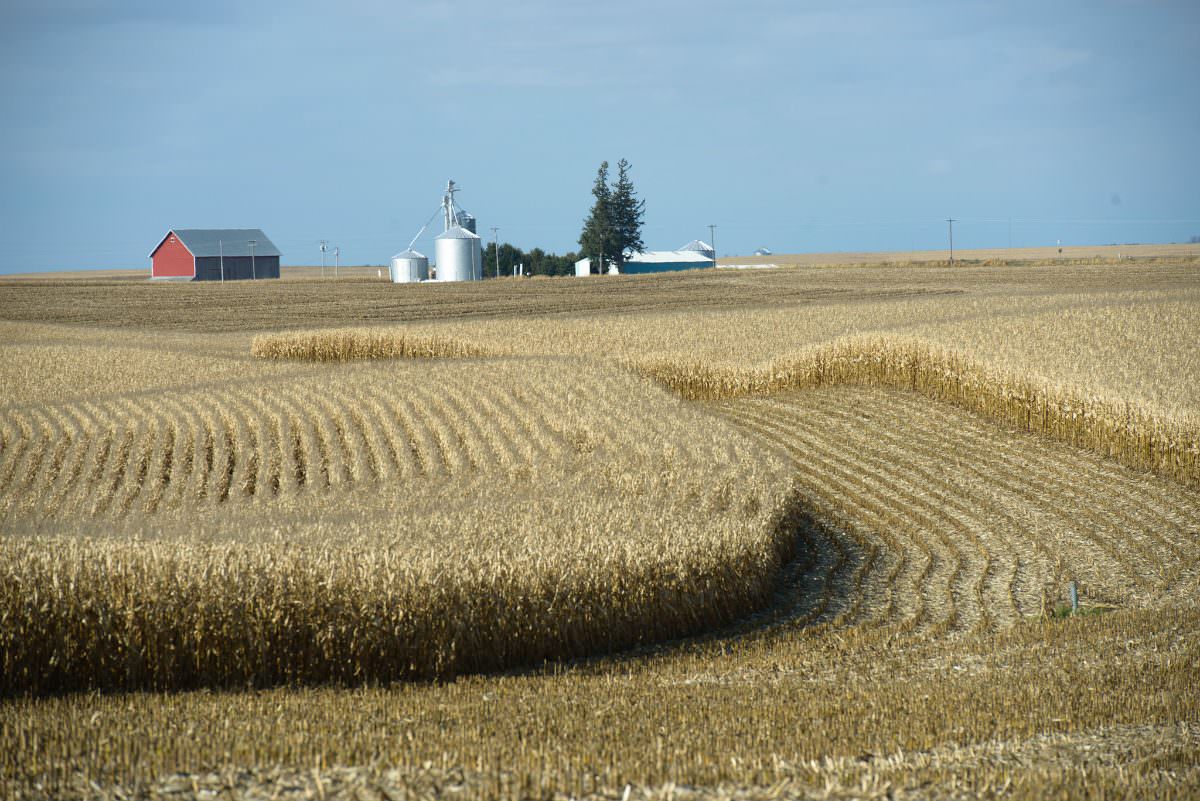And first, what even is a refuge crop?

The basic idea of refuge crops is all about bug sex.
About 88 percent of corn grown in the United States is genetically modified in some way. Most is what’s called Bt corn, meaning it’s been modified to produce a bacteria called Bacillus thuringiensis (hence the name), which serves as its own pesticide.
But the bugs targeted by this bacteria are smart. The borers, worms, moths, and beetles that are supposed to be stopped by Bt corn have in recent years begun to mutate and become resistant to the bacteria. That’s bad news – it negates the entire point of Bt corn, and crops are still being eaten.
This effect, though, can be mitigated with what are called “refuge crops.” Here’s how: These increasingly bacteria-resistant bugs can only continue their mutation if they’re somewhat in isolation. If you plant crops that aren’t designed to produce Bt (meaning, essentially, non-GMO crops) – refuge crops – they’ll attract their own pests, which won’t have that Bt resistance. And if you plant the refuge crops nearby? Those two bug populations will breed, and breeding resistant bugs with non-resistant bugs lowers their overall resistance against the bacteria. In other words, hybrid bugs aren’t as mutated – at least not in the “right” way.
This new study attempts to figure out how much refuge cropland is being planted by farmers in eastern North Carolina, to serve as sort of a small sample to generalize about the country as a whole. It found that an impressive number of the farmers did in fact know about refuge crops and were using them. Remember: refuge crops aren’t agriculturally useless wildflowers or something like that – they’re just regular old corn that can be harvested and sold like anything else. But the study also found that small farmers are much less likely to be planting refuge crops, partly out of a desire to maximize their relatively smaller yield.
In the most intriguing part of the study, the researchers sought to understand what would propel farmers to use more refuge crops. Peer pressure was not that effective, nor was legal enforcement (refuge crops are sometimes required, but the amount of land dedicated to them is often not high enough to garner the right effects). Instead, the farmers replied that financial incentives would be the most effective: refuge crops are good in the long term, but may reduce yield or increase labor in the short term, and farmers need to be compensated to make up for those shortfalls.